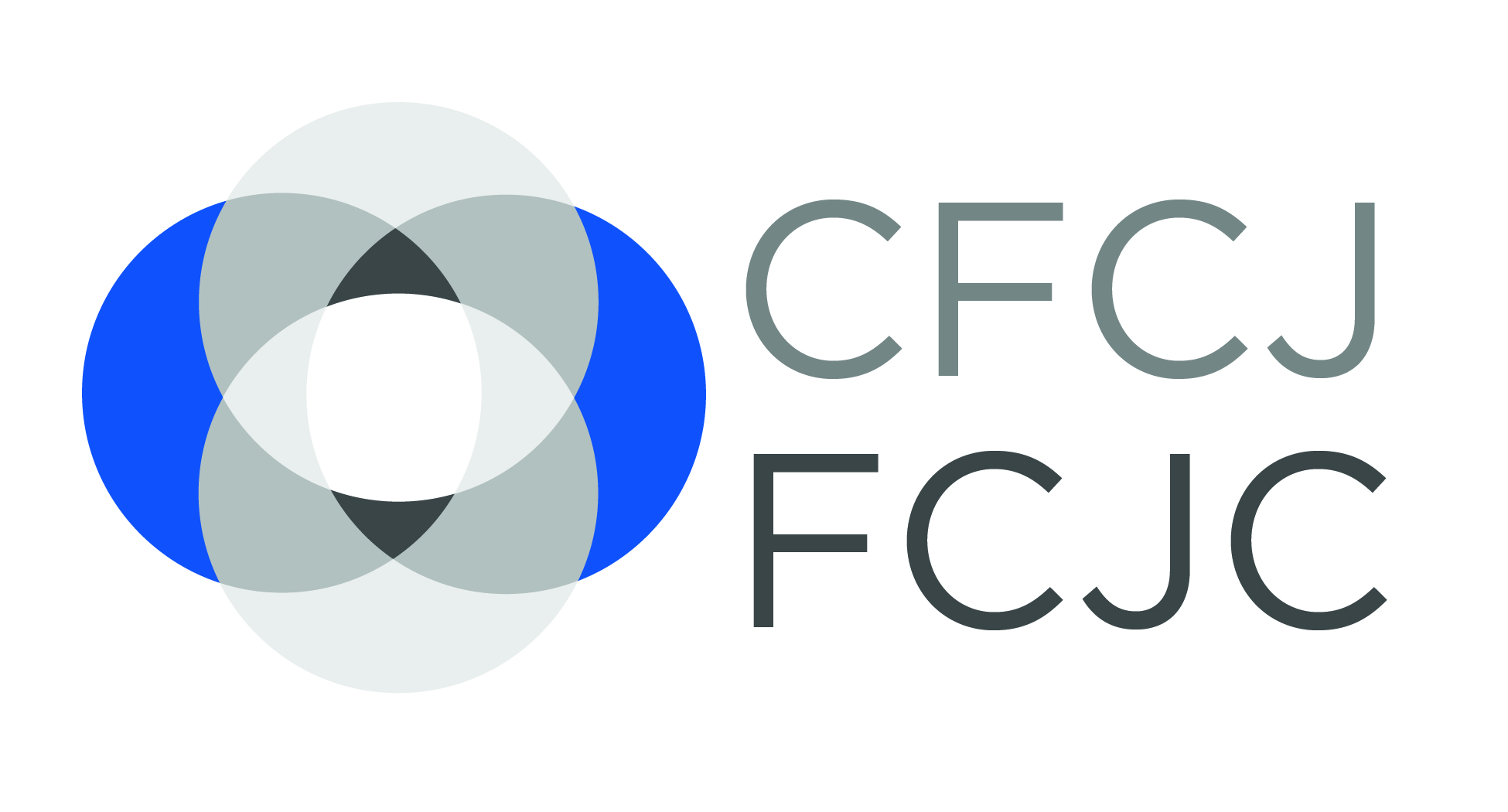Insights into the Cost of Evidence
Bart DankoTuesday, October 22, 2013
How do you get credible and testable evidence without making the justice system even more unaffordable than it already is? This question was the sum of the discussion at the Canadian Institute for the Administration of Justice’s (CIAJ) first-ever student workshop held on October 10, 2013. The workshop titled, The Cost of Evidence, was facilitated by Osgoode Hall Law School professors Benjamin Berger and Trevor Farrow, and was supported by the CIAJ, Osgoode Hall Law School, and the Canadian Forum on Civil Justice.
The workshop brought together law students from schools across Canada to discuss the intersection of the rules of evidence, legal costs, and access to justice. The workshop, which was part of the larger annual CIAJ conference, allowed students to delve into discussions that related the conference theme How Do We Know What We Think We Know: Facts in the Legal System, to access to justice issues. Over the course of two hours the workshop participants considered the following questions:
- How will the changes to the evidence rules affect the costs of trials?
- How will these changes affect access to justice?
- What changes to evidence rules can be made that will increase access to justice?
To provide context for the discussion, students were asked to read a paper by John H. Langbein on the historical foundation of the law of evidence, as well as the recent Canadian Bar Association report, Reaching Equal Justice: An Invitation To Envision And Act. The former was used to suggest that evidence rules should be understood as an evolution, while the latter illuminated the widespread phenomenon of a lack of access to justice, and how rules of evidence might impede access to justice.
Before long, it was clear that the rules of evidence play substantially different roles in access to justice depending on the sphere of the legal system (i.e. in a criminal court, in an administrative tribunal, in a setting of self-represented individuals, in mediation, etc.). But what kind, and how many rules of evidence are appropriate in each of these settings became uncertain in the discussion that ensued.
Should each legal arena have different rules of evidence? Would using principles rather than rules be a more appropriate approach in some cases? Ultimately, what emerged from the workshop was a sense that evidence should not be treated as separate from the larger legal system, rather it should be seen as intertwined and inseparable from it.
While no one could posit a clear solution as to how to get credible and testable evidence without making the system unaffordable, it was encouraging to see this question being asked by a new and eager group of legal practitioners. It inspired hope that the question may be answered in the future.
FURTHER READING:
Langbein, John H. “Historical Foundations of the Law of Evidence: A View from the Ryder Sources” (1996) 96 Colum L Rev 1168.
http://digitalcommons.law.yale.edu/cgi/viewcontent.cgi?article=1538&context=fss_papers
Reaching Equal Justice: An Invitation to Envision and Act (August 2013), online: Canadian Bar Association
<http://www.cba.org/cba/equaljustice/secure_pdf/Equal-Justice-Report-eng.pdf>.



